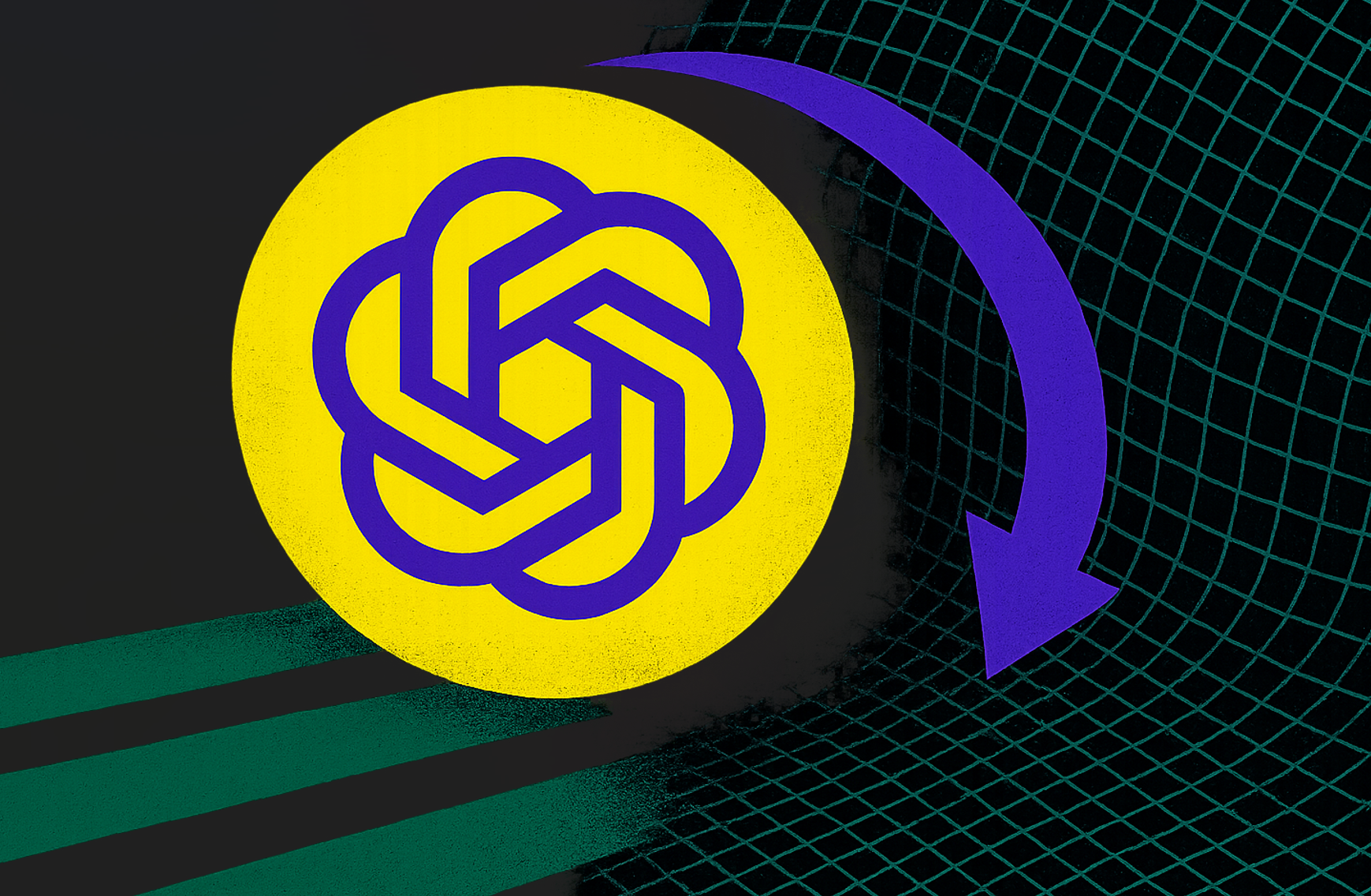OpenAI is revising its release strategy for GPT-5.
In a post on X, CEO Sam Altman announced that the company will release its reasoning models o3 and o4-mini as standalone systems in the coming weeks—reversing earlier plans to integrate them directly into GPT-5. The full GPT-5 model is now expected to arrive "in a few months."
According to Altman, the change is due to multiple factors. Integrating all components into a single unified system has proven more challenging than initially anticipated. At the same time, the additional development period has revealed that GPT-5 could be "much better than we originally though [SIC]." Altman also cited the need to ensure enough computing capacity is available to meet what it expects will be "unprecedented demand."
Altman noted that the o3 model in particular has undergone significant improvements since its internal preview. While he did not provide additional technical details, he stated that "people will be happy."
The o3 and o4-mini models are classified as reasoning models—systems built to perform complex thinking tasks. According to OpenAI and other companies such as Deepseek, these models have shown stronger performance than conventional language models in areas like coding and mathematics.
OpenAI first introduced its o3 model in December 2024, marking a major advancement in complex reasoning tasks. The company also announced a more affordable and faster o3-mini version, which was released in late January 2025. The mini version includes three speed modes (low, medium, and high), and even at medium speed, it outperforms the earlier o1 model in speed and cost-effectiveness. OpenAI chose the name "o3" after skipping "o2" to avoid confusion with the telecommunications company O2.
Revising the original vision for GPT-5
OpenAI had originally planned for GPT-4.5 to be the last in its line of conventional language models. GPT-5 was intended to merge the GPT and o-model series into a single platform, combining tools such as natural language processing, search, and deep research into one system. Under that plan, o3 was not expected to launch as an independent model.
The goal was to build what Altman described as a "magic unified intelligence" capable of automatically selecting the appropriate tool for a given task. GPT-5 was also slated to be released in multiple tiers, including free, Plus, and Pro versions.
Altman recently emphasized the strategic importance of "large reasoning models." He claimed that o3 already performs at the level of one of the top 50 programmers worldwide, and suggested that upcoming models could reach first place in coding by the end of the year. The original plan to embed these models into GPT-5 was designed to combine the specialized capabilities of reasoning systems with the broader flexibility of large language models like GPT-4.5.







